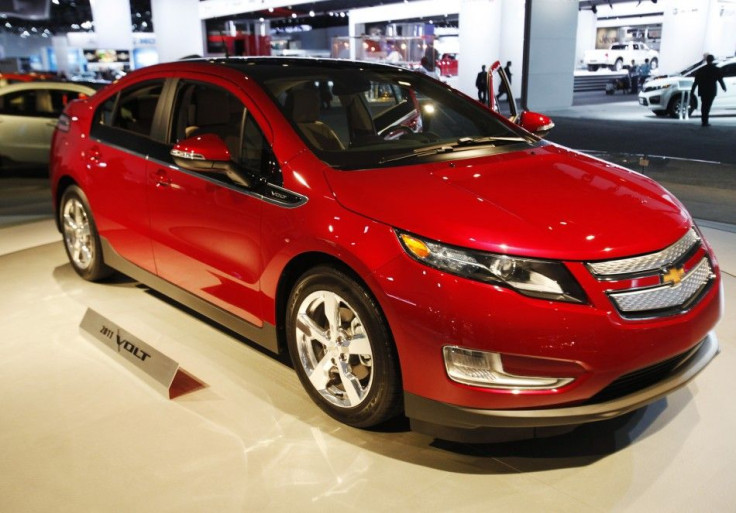Chevy Volt Crash Fires: GM Announces Modifications to Fix Issues

General Motors has enhanced the vehicle structure and battery coolant system in its maligned battery-powered Chevrolet Volt to prevent the innovative car's battery from catching on fire days or weeks after a serious crash.
The announcement Thursday comes in the wake of a preliminary but high-profile investigation opened by the National Highway Traffic Safety Administration in November into an electric fire that resulted from a severe-impact lab test.
GM's modifications include strengthening the steel structure that protects the battery pack. It will also add a sensor to monitor coolant levels in the battery and a tamper-resistant bracket to avoid coolant overflow.
These enhancements should prevent battery pack intrusion and coolant leakage, thereby eliminating the risk of a post-crash electrical fire like the one in the NHTSA side-impact pole test, Marry Barra, GM's senior vice president of global product development, said in a conference call Thursday. These will also be helpful to the automotive industry as the adoption of electrification technologies expand.
The NHTSA said GM's fixes were enough to alleviate its safety concerns. Six weeks ago, the NHTSA opened the investigation into the Volt's lithium-ion battery pack. After severe crash testing in May, three batteries caught fire days and weeks later.
GM blamed an intrusion on the battery pack and a coolant leakage for causing the fires. The company said the coolant crystallized and resulted in an electrical short. GM said it chose the liquid-cooling system in its battery because of better overall performance and longer life. Barra said the company is still confident in the system, and believes the modifications will remedy any issues.
I want to say this right up front: Through the first 11 months of 2011, Volt owners accumulated more than 20 million miles without any incident similar to NHTSA's tests results in May or November, Barra said on the conference call.
GM said it conducted four successful crash tests in December with the new modifications. The NHTSA performed its own crash test on Dec. 22 with the modified Volt, and it appeared to not show any intrusion into the battery compartment or any coolant leakage.
The NHTSA said in a statement on Thursday that the preliminary results of the crash test indicate the remedy proposed by General Motors today should address the issue of battery intrusion.
The agency said it will continue to monitor the crashed Volt for another week. Its full report of the investigation, which was first opened on Nov. 25, will be released in the coming weeks.
GM feared that the issue could slip the Volt's sales even further than their disappointing first-year numbers. GM set a goal of 10,000 sold Volts in the U.S., but said this week it had only reached 7,671. The company said Thursday that approximately 250 Volt owners had asked for a different car or to return their Volts in the wake of the investigation.
GM set a lofty goal this week of 45,000 sold Volts in 2012. GM North America president Mark Reuss said, though, that he didn't think the investigation affected sales, as December was the vehicle's best-selling month.
We have addressed any concerns. Our tests validate the direction we're headed with Volt and we'll continue on the road to rewriting automotive history with it, Reuss said on the conference call.
And today I would say to our potential customers, if you're in the market, we think you'll be missing an opportunity if you don't consider the Volt.
© Copyright IBTimes 2025. All rights reserved.





















